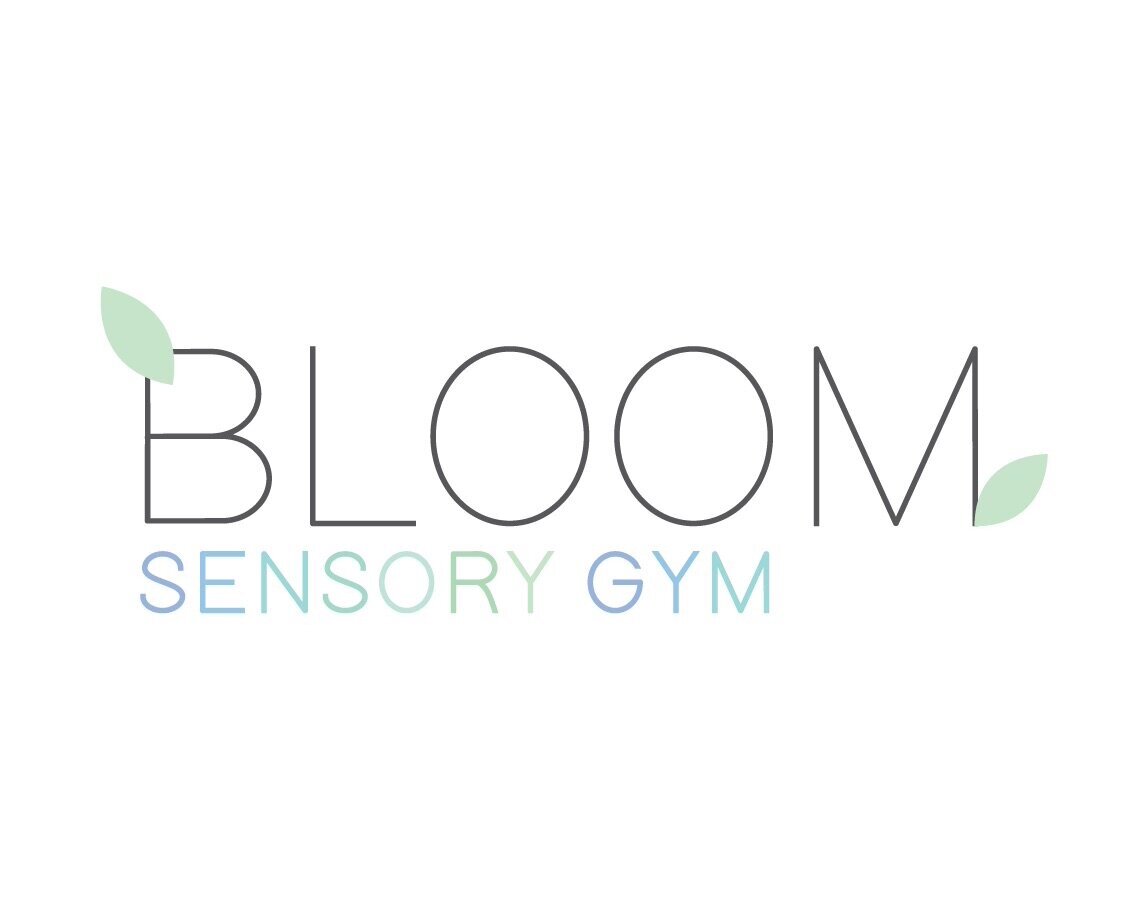Frequently Asked Questions
What is Occupational Therapy?
Occupational therapy is a rehabilitative field that helps people with impairments, delays or disabilities that impact their daily independence & function. Some children may present with formal diagnoses such as SPD, Autism or Down Syndrome whereas others may not. In pediatric occupational therapy, occupations refer to all the activities that occupy and give meaning to a child’s daily life. This may include dressing, catching a ball, climbing, writing their name, cutting with a scissor or tying their shoes. An occupational therapist evaluates a child’s fine motor, visual motor, visual perceptual, sensory processing, gross motor and social- skills. Therapy sessions utilize a play based approach to help children improve their skills for greater success & independence at home, in school, and on the playground.
Occupational therapists address:
Fine motor development
Visual motor & visual perception skills
Oculomotor & visual processing
Coordination
Motor Planning/Praxis
Sensory Processing & Integration
Self Regulation
Gross motor development
Hypotionia (low muscle tone) or hypertonia (high muscle tone)
Balance
Handwriting
Self-help skills
Typing
Executive Function
Attention
Picky eating
Social-emotional
Bloom works with children ages 6 weeks-12 years old. We provide therapy in our sensory gym, homes, schools, and virtually
Will my insurance cover therapy sessions?
Private therapy is an investment in your child’s development & provides families with immense support. BLOOM is an out of network provider, we do not work with NYC DOE or EI. We provide an out of network superbill, many insurance plans cover out-of-network OT/PT/SPEECH services. Each month an invoice & insurance superbill with proper CPT codes for services will be provided to you so that you can submit to your insurance company. HSA & FSA accounts may also be used to pay for services directly.
*Some insurance companies make in-network exceptions as well.
We will work with you to the best of our ability!
click here for our reimbursement guide
How can I get my child started in therapy?
The first step is to obtain a prescription from your pediatrician for an OT/PT/ST evaluation or assessment and treatment if necessary. If your child already has a recent thorough evaluation therapy services can begin immediately upon therapists discretion. An evaluation or assessment is required to establish baseline of skills, treatment plan and set goals. This is an opportunity to learn about your child’s strengths, weaknesses & needs in therapy.
Visit our Get Started page for a step-by-step guide.
What is sensory processing?
In order for children to successfully interact with their environment and move through space in an alert and organized manner they must be able to continually receive, interpret, and organize sensory information to produce appropriate responses. The ability to make sense of the world around them and function appropriately throughout the day is dependent on proper Neural-wiring and processing of sensory input from the auditory (sound), visual (sight), gustatory (taste), tactile (touch), vestibular (balance/movement), proprioceptive (muscle/joint) and interoceptive (internal) senses.
What is sensory processing disorder (SPD)?
The nervous system is unable to properly process or organize sensory information. SPD can affect all areas of life: fine and gross motor development, including self-help, visual perception, behavior, socialization, and speech. A child with SPD may struggle with daily tasks such as writing, putting on a jacket, following a teacher’s directions in a busy, noisy classroom, taking a bath or shower, playing on the playground. They may hit, bump, bite; engaging in sensory seeking patterns or they may be inattentive, shy and on high alert demonstrating sensory avoidant patterns. They may fluctuate and be inconsistent in their responses, demonstrating sensory modulation challenges. These seemingly simple tasks can be extremely challenging, frustrating, and scary for a child with SPD.
What is Sensory Integrative Therapy?
Sensory Integrative Therapy is a holistic & child directed therapy framework using by occupational therapists. Children are provided with the correct amount, intensity and type of sensory input their nervous system needs to function & be successful. When the nervous system is processing information correctly the child is then able to produce appropriate responses. The therapist guides a child through activities that are specifically designed to provide sensory input that will challenge the child at his/her respective level. Sensory integrative therapy leads to improved social emotional development, behavior, skills and confidence.
